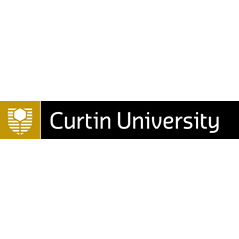Full description
Data was collected over the course of 2016-2018 using optical microscopy, scanning electron microscope, TESCAN integrated mineral analyser (auto mineralogy), LA-ICP-MS and XRF geochemistry. Data tables include geochemical analyses of rock samples and minerals to obtain information of mass transport and geological meaningful ages. Lithochemistry of central Australian samples from the Mount Boothby Orthogneiss and mylonite. U/Pb isotope and trace element analysis of monazite. U/Pb isotope analysis of apatite. File details: 1. Supplementary Table 1. Lithochemistry (‘Geochem’) 2. Supplementary Table 2. Monazite U/Pb isotope ratios, ages and trace element concentrations (‘LASS Monazite including RM-v2’) 3. Supplementary Table 3. Apatite U/Pb isotope ratios, ages correction (‘LA-MC-ICP-MS Apatite ages’) 4. Supplementary Table4. TIMA modal analyses (‘TIMA mineral modes’) 5. Supplementary Fig1. Thin section scans (SupFig1.jpg) 6. Supplementary Fig2. Monazite backscatter electron images and laser ablation spot locations (SupFig2_BMsz Paper Mnz Microstruc pos and LA Spots.pdf) 7. Supplementary Fig3. Apatite backscatter electron images and laser ablation spot locations (‘BMsz Paper Ap Microstruc and LA spots’) 8. Supplementary Fig4. Mineral Compositions of biotite and feldspar (‘Mineral Commpo Bt-Fsp’) 9. Supplementary Fig5. Micrograph of biotite and magnetite in K-feldspar cracks (‘BM3 – Bt-Mag’) 10. Supplementary Fig6. Cathodoluminescence image of K-feldspar porphyroclast (‘BM4-2 CL image of Kfs’) 11. Supplementary Fig7. Strain ellipse calculation and Riedel shear zone sketch (‘BMsz Strain Ellipse Calculation2…’) Subjects
Apatite |
Deformation |
Earth Sciences |
Fluid Rock Interaction |
Geochemistry |
Geology |
Geochemistry |
Geochronology |
Igneous and Metamorphic Petrology |
Inorganic Geochemistry |
Isotope Geochemistry |
Isotopes |
Lithochemistry |
Metamorphism |
Metasomatism |
Mineralogy and Crystallography |
Monazite |
U/Pb |
User Contributed Tags
Login to tag this record with meaningful keywords to make it easier to discover
Identifiers
- DOI : 10.25917/5ECF5E3605FE1



